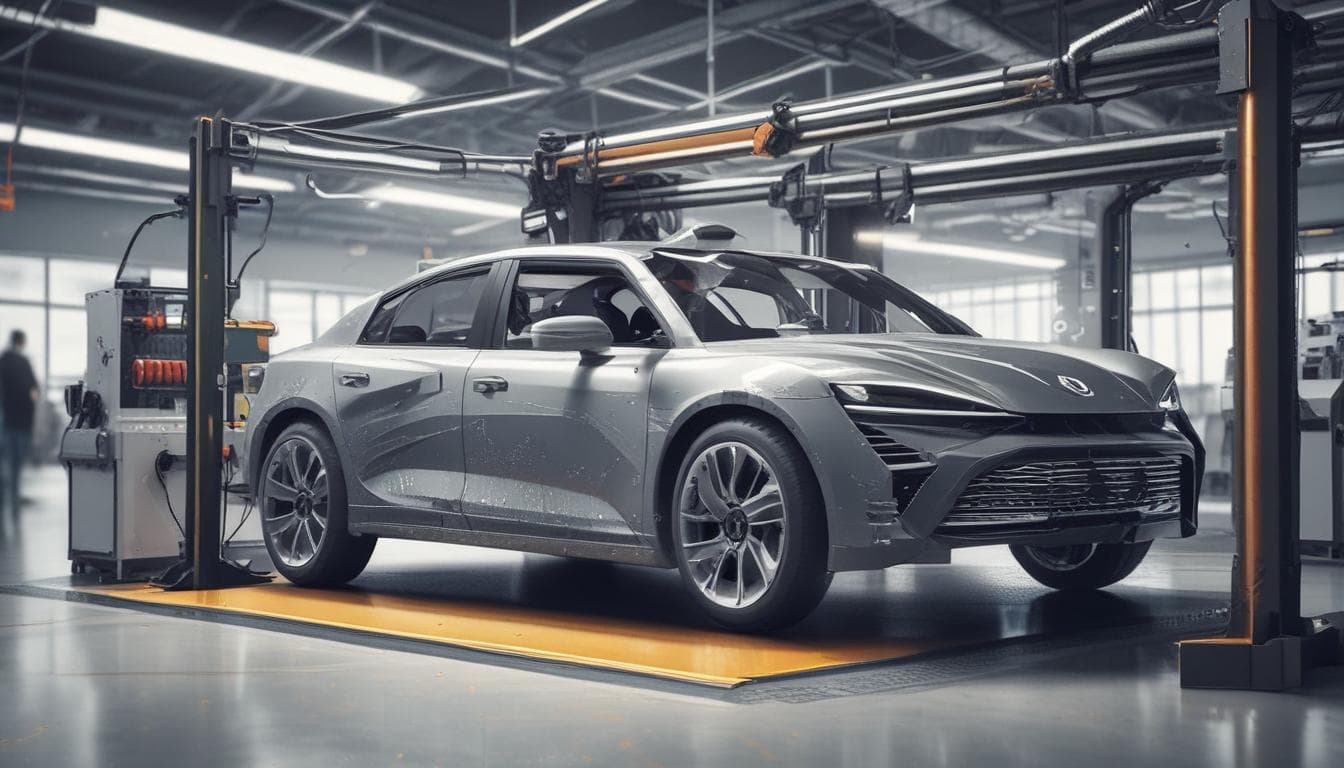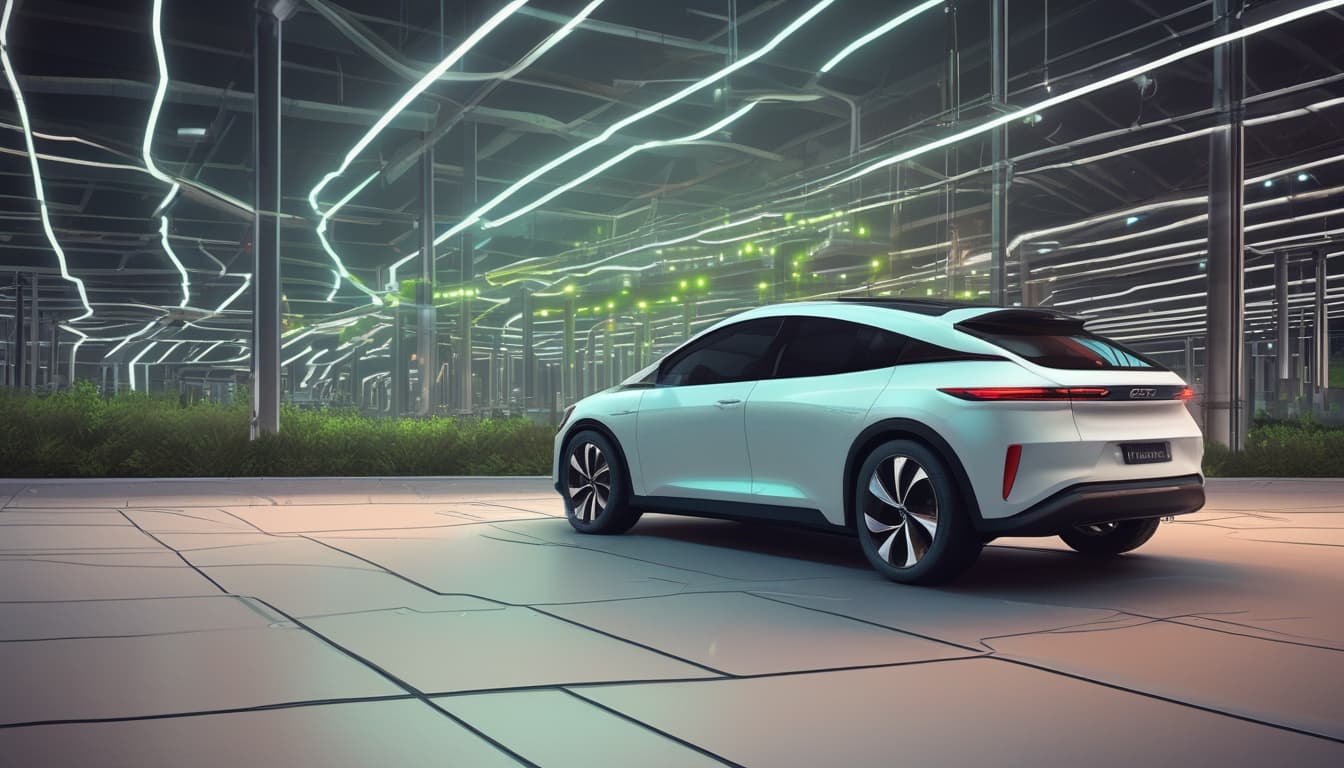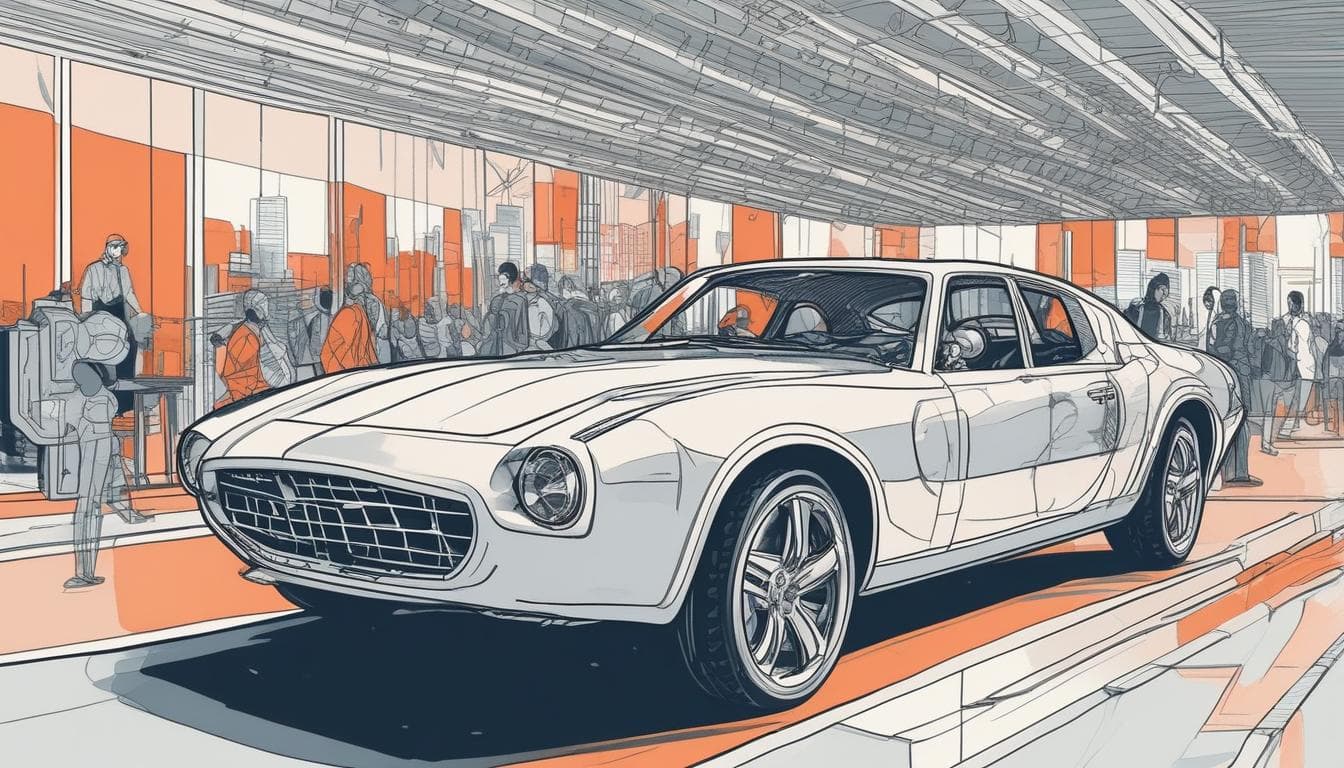The automotive industry is undergoing a significant transformation, driven by the pressing need for sustainability. A key element of this shift is the adoption of circular economy principles, which aim to minimize waste and maximize resource utilization throughout a vehicle's lifecycle. This approach represents a fundamental change from the traditional linear model of "make, take, dispose" and offers a pathway towards a more environmentally responsible and economically viable future for the automotive sector.
Rethinking Vehicle Lifecycles: From Linear to Circular
Traditionally, the automotive industry has operated on a linear model, where vehicles are manufactured, used, and eventually disposed of. This process generates substantial waste and consumes vast amounts of raw materials. The circular economy model, in contrast, emphasizes keeping materials and products in use for as long as possible. This is achieved through strategies such as designing for durability and repairability, implementing efficient recycling processes, and developing innovative repurposing initiatives. Learn more about the impact of sustainable practices on the automotive industry. The shift to a circular economy requires a systemic change, involving all stakeholders from manufacturers and suppliers to consumers and recyclers.
Sustainable Material Sourcing and Design
One crucial aspect of the circular economy in automotive is sustainable material sourcing. This involves using recycled materials, bio-based materials, and materials that can be easily recycled or repurposed at the end of a vehicle's life. Designers are increasingly incorporating these principles into vehicle development, focusing on modular designs that allow for easy disassembly and component replacement. Smart materials are also playing a key role in driving the future of mobility. This approach not only reduces waste but also promotes the use of more sustainable materials, minimizing the environmental impact of vehicle production.

Innovative Recycling and Repurposing Strategies
Recycling plays a vital role in the circular economy. Advanced recycling technologies are being developed to recover valuable materials from end-of-life vehicles, including metals, plastics, and batteries. These recovered materials can then be used to manufacture new vehicles or other products, reducing the demand for virgin resources. Repurposing initiatives are also gaining traction, where components from end-of-life vehicles are given a second life in different applications. Explore how predictive maintenance is enhancing vehicle reliability and reducing downtime. For example, electric vehicle batteries can be repurposed for energy storage systems, extending their useful life and reducing the environmental impact of battery production.

The Economic and Environmental Benefits
The circular economy offers significant economic and environmental benefits for the automotive industry. By reducing waste and maximizing resource utilization, manufacturers can lower production costs and improve their bottom line. The use of sustainable materials and processes also reduces the industry's environmental footprint, contributing to a cleaner and healthier planet. The rise of biometrics is also impacting automotive security and personalization. Furthermore, the circular economy fosters innovation and creates new business opportunities in areas such as recycling, repurposing, and the development of sustainable materials.
Challenges and Opportunities
While the transition to a circular economy presents significant opportunities, it also faces challenges. The development of efficient and cost-effective recycling technologies, the establishment of robust collection and sorting systems, and the design of vehicles for disassembly and recyclability are some of the key hurdles that need to be addressed. Collaboration between stakeholders across the value chain, including manufacturers, suppliers, recyclers, and policymakers, is crucial to overcome these challenges and accelerate the transition to a circular economy.

Conclusion
The circular economy is not just a trend; it is a fundamental shift in how the automotive industry operates. By embracing circular economy principles, the industry can create a more sustainable, resilient, and economically viable future. From sustainable material sourcing and design to innovative recycling and repurposing strategies, the circular economy offers a pathway towards minimizing waste, maximizing resource utilization, and reducing the environmental impact of vehicles throughout their lifecycle. Join the movement towards a circular economy in automotive and help drive the future of sustainable mobility. What steps can your organization take to embrace the circular economy?






